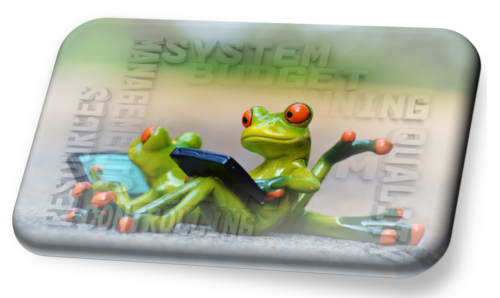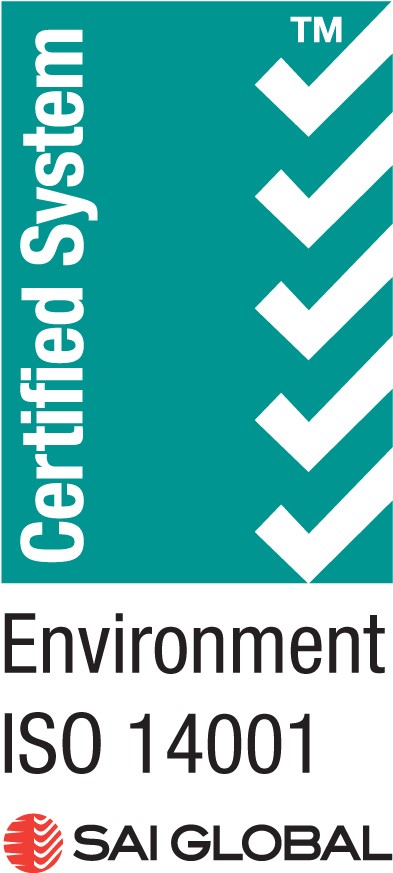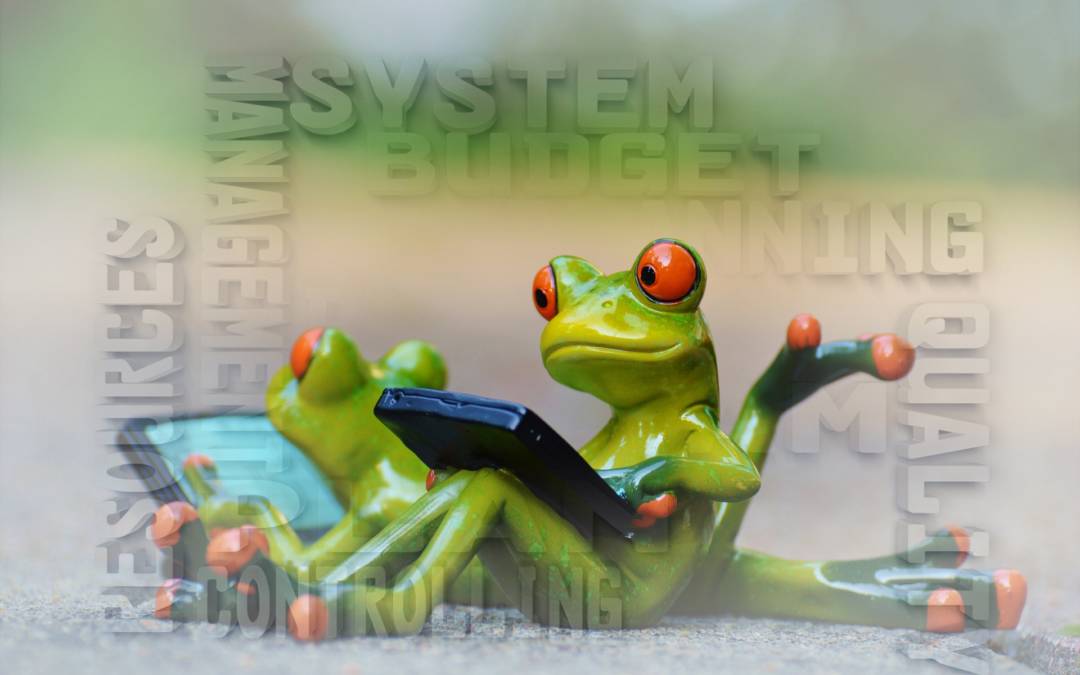Environmental management can refer to a goal, vision, activities or tools used to minimise human or development impacts on, and interaction with, the environment and natural resources. One of the tools used globally by companies and developments is the implementation of an environmental management system to manage and monitor impacts to the natural environment.
What is an Environmental Management System?
An Environmental Management System (EMS) is a tool for managing the impacts of an organisation’s activities on the environment. It provides a structured approach to planning and implementing environmental protection measures (Department of the Environment and Energy, 2017).
 An EMS seeks to integrate environmental management into a company’s daily operations, long-term planning and other management systems. By monitoring environmental performance, an EMS enables regular checks of a company’s performance to ensure that management measures deliver the desired outcome.
An EMS seeks to integrate environmental management into a company’s daily operations, long-term planning and other management systems. By monitoring environmental performance, an EMS enables regular checks of a company’s performance to ensure that management measures deliver the desired outcome.
Benefits of having an EMS
An EMS can assist a business in the following ways:
- Minimise environmental liabilities;
- Maximise efficient use of resources;
- Reduce waste;
- Demonstrate a good corporate image;
- Build awareness of environmental concerns among employees;
- Gain better understanding of the environmental impacts of business activities; and
- Increase profit and improving environmental performance through more efficient operations.
A good management system is not prescriptive, rather, it requires organisations to take an active role in examining their practices, and then determine how their impacts should best be managed. This approach encourages creative and relevant solutions from the organisation itself.
Although the implementation of an EMS is essentially a voluntary initiative, it can also become an effective tool to ensure that a business’ performance is within regulatory requirements, and to keep ahead of more stringent regulations which might be introduced in the future.
Components of an EMS
A simple EMS has eleven essential components, which can be found online here.
How to ensure your EMS is effective
For your EMS to be effective it must:
| · Be supported by Management | · Identify all relevant legal requirements |
| · Be planned and implemented in a structured way | · Include a register of activities / potential impacts to the environment |
| · Work on the principle of continuous improvement | · Set relevant, measurable objectives and targets |
| · Be appropriately resourced | · Recognise the marketing benefits |
ISO14001 Certified EMS
 ISO 14001 is a standard belonging to the ISO 14000 series of standards that deal with environmental management; ISO 14001 specifically deals with the requirements of an environmental management system.
ISO 14001 is a standard belonging to the ISO 14000 series of standards that deal with environmental management; ISO 14001 specifically deals with the requirements of an environmental management system.
A business can choose to have a simple EMS or have their EMS certified to ISO14001 Standards.
If an EMS is ISO 14001 certified, it has been assessed by a certification body to have incorporated all the requirements listed in the standards, and hence international best practice.
The benefits of having ISO 14001 certification is variable, large organisations with a high turnover of employees or operations across multiple countries gain the maximum benefit from certification while for a small to medium size business the benefit may be less and at a significant cost. Small to medium-sized business’ may choose to obtain certification because their customers or regulators require it.
Although a fully certified ISO EMS may not be suitable for some organisations, the ISO 14001 standards provide a good guideline that can assist organisations to consider all the relevant issues, and thus gain the most benefit from their EMS, without certification. A small to medium business can, therefore, use ISO 14001 as a model for designing their own EMS.
Mining Proposal EMS Requirements (Western Australia)
Under the changes to the WA Mining Act Mining Proposal system, proponents undertaking mining activities are required to have and maintain an EMS to ensure that environmental impacts are minimised. This change does not require the company or sites EMS to be certified however it is required to align with the intent of ISO 14001. More information is provided in the Guidelines for Mining Proposals Western Australia, April 2016.
 Remember your businesses’ EMS does not have to be certified to be effective or help reduce business costs. The key is for the EMS to be relevant to your business and be realistic.
Remember your businesses’ EMS does not have to be certified to be effective or help reduce business costs. The key is for the EMS to be relevant to your business and be realistic.
If you require assistance to develop an EMS or require a third-party review or audit, or just want to chat about how an EMS can help your business contact us at enquiries@integratesustainability.com.au or (08) 9468 0338.
Download PDF: ISPL Blog – Environmental Management Systems

